Everyone has seen someone use sign language, but there’s a lot we don’t know about it. The uphill battle for deaf education has been a long and forgotten one. In fact, American Sign Language is still recovering from major setbacks over the last century and a half. Here are ten things about American Sign Language (ASL) and its history that are left out of American history.
Modern American Sign Language is a combination primarily consisting of French Sign Language, but with influences from Old American Sign Language and Old Martha’s Vineyard Sign Language
There was a 50 year “Golden Age” for American Sign Language from 1817, with the opening of the first American school for the deaf, to 1867, with the opening of two oralist schools (schools that banned the use of sign language).
Alexander Graham Bell (who had a deaf mother and wife) did not want American Sign Language used or taught in school. Additionally, he did not want the deaf to marry in order to prevent more deaf offspring (even though 90 percent of people who are deaf have hearing parents).
The 1880 Milan Conference set American Sign Language back almost 100 years by a vote of 158 to 6 for oralism rather than manualism (teaching the deaf through sign). No deaf were allowed to participate in the conference, and the golden years, when the deaf were considered perfectly capable and independent, were forgotten.
Douglas Tilden, famous sculptor and star student at the California School for the Deaf, was not given a job at the school as an art teacher because he was deaf.
American Sign Language began to be reborn in 1965 with William Stoke's publication of the linguistics of sign language as well as the Department of American Education publishing findings about the failure of oralism and the need for a “new” method to teach the deaf.
William Stoke, a hearing man, is considered in the deaf community to be “The Father of Modern American Sign Language” for his research and findings about American Sign Language.
In 1988, students protested for four days in order to have a deaf president at Gallaudet University. It was the first time that there were qualified deaf candidates, yet the school board elected a hearing woman. After four days of protest, the president resigned and the first deaf president of the university was elected.
American Sign Language is the fourth most used language in the US, yet many state schools do not offer it as a language course or recognize it for credits.
More states consider American Sign Language to be a “foreign language” rather than a native one due to the stigma surrounding the deaf after the Golden Years of Deaf Education.
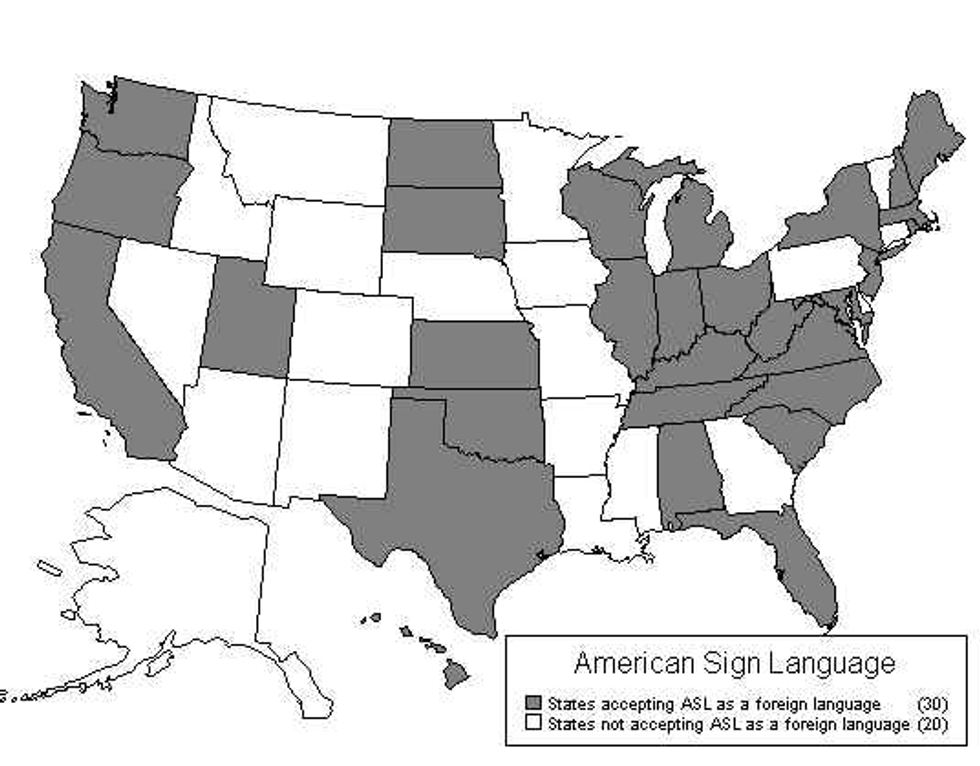




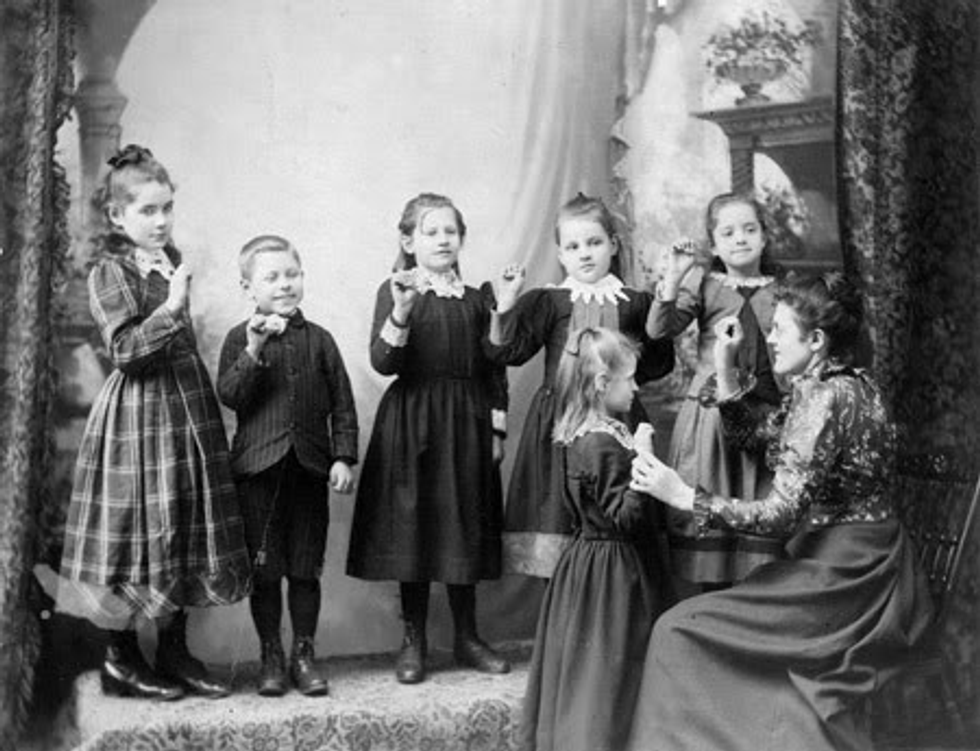
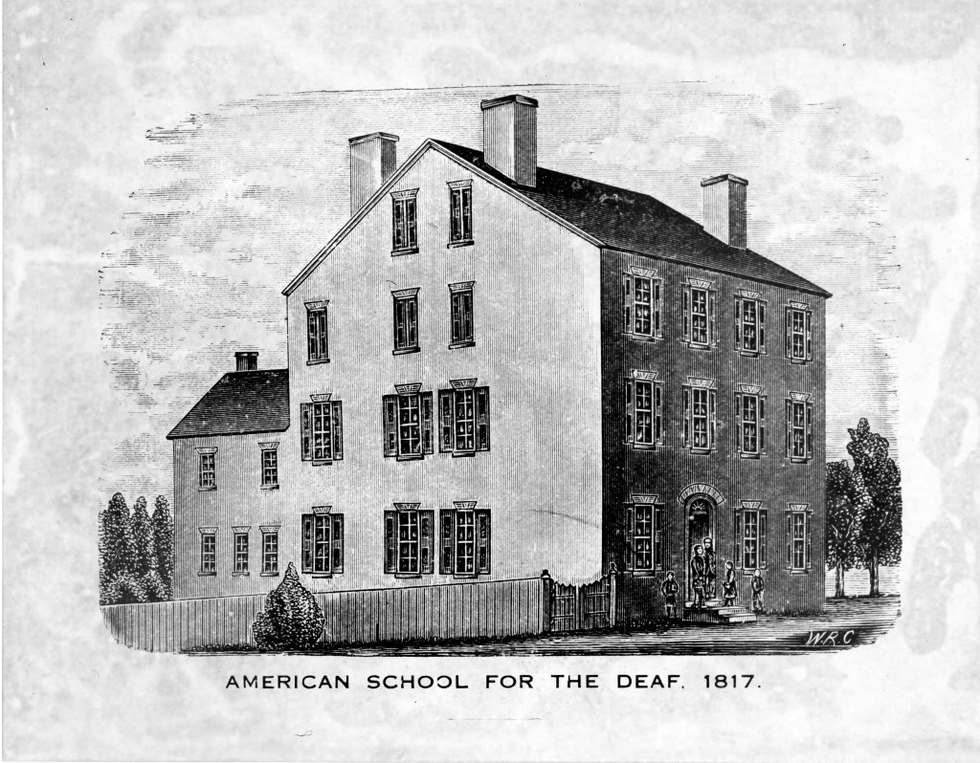
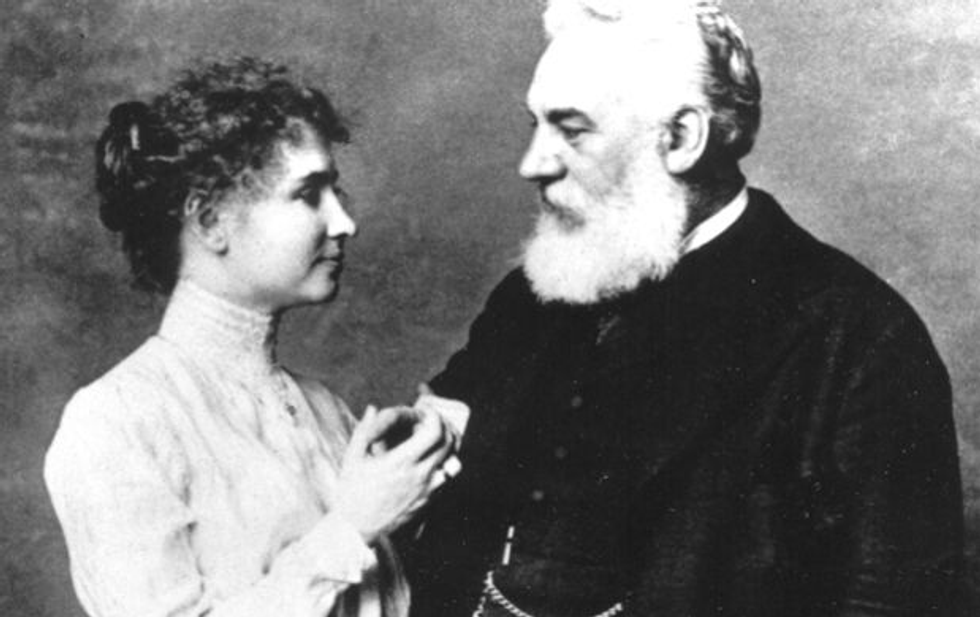
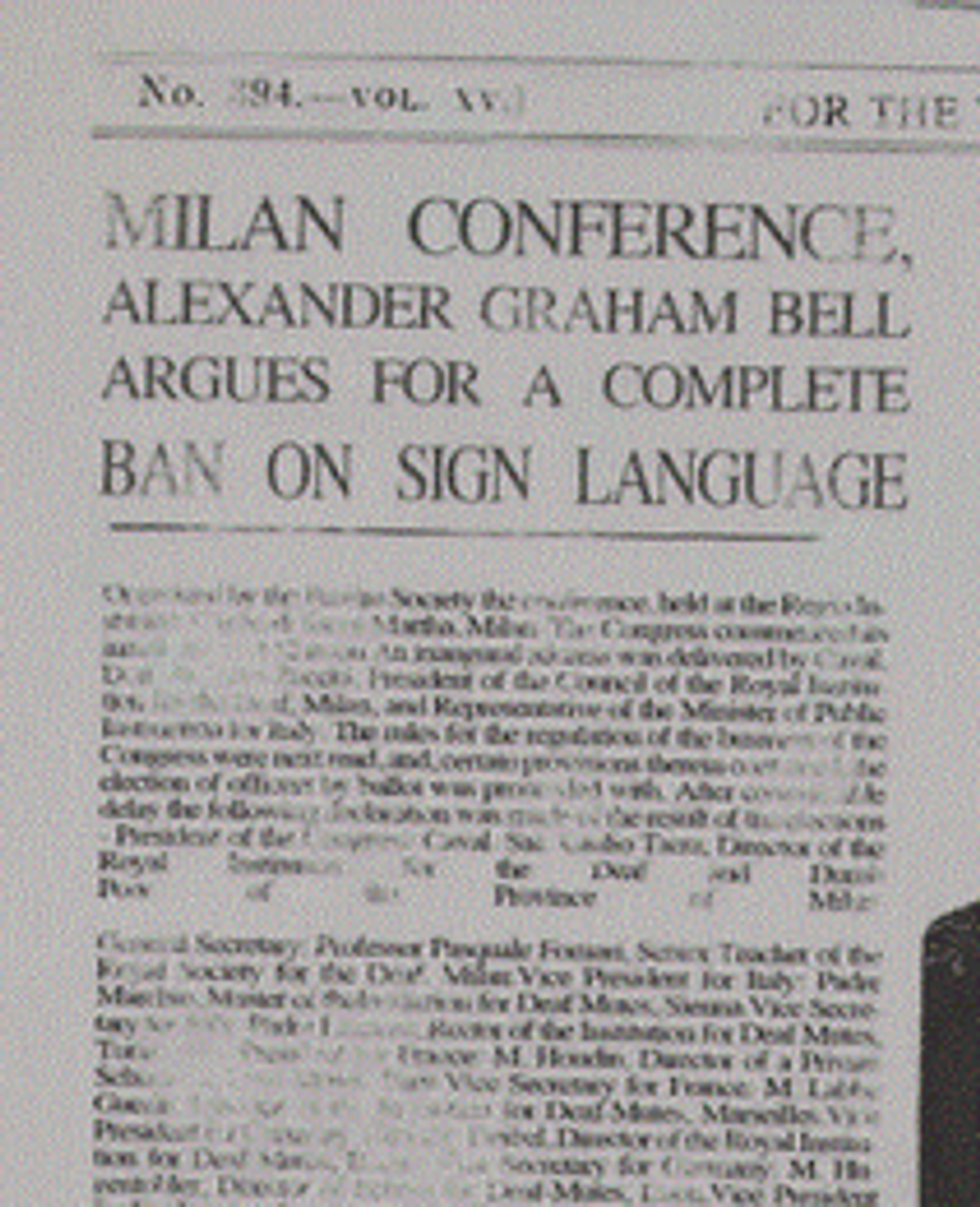
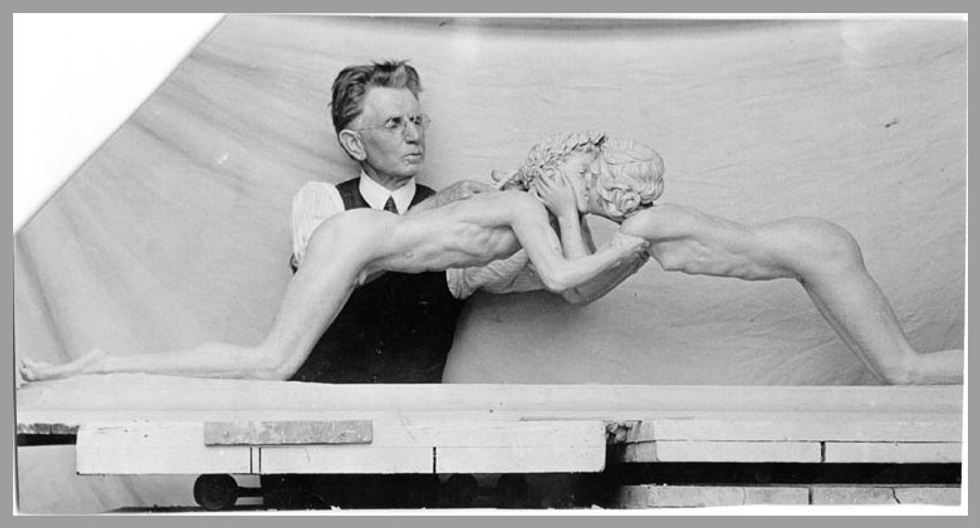
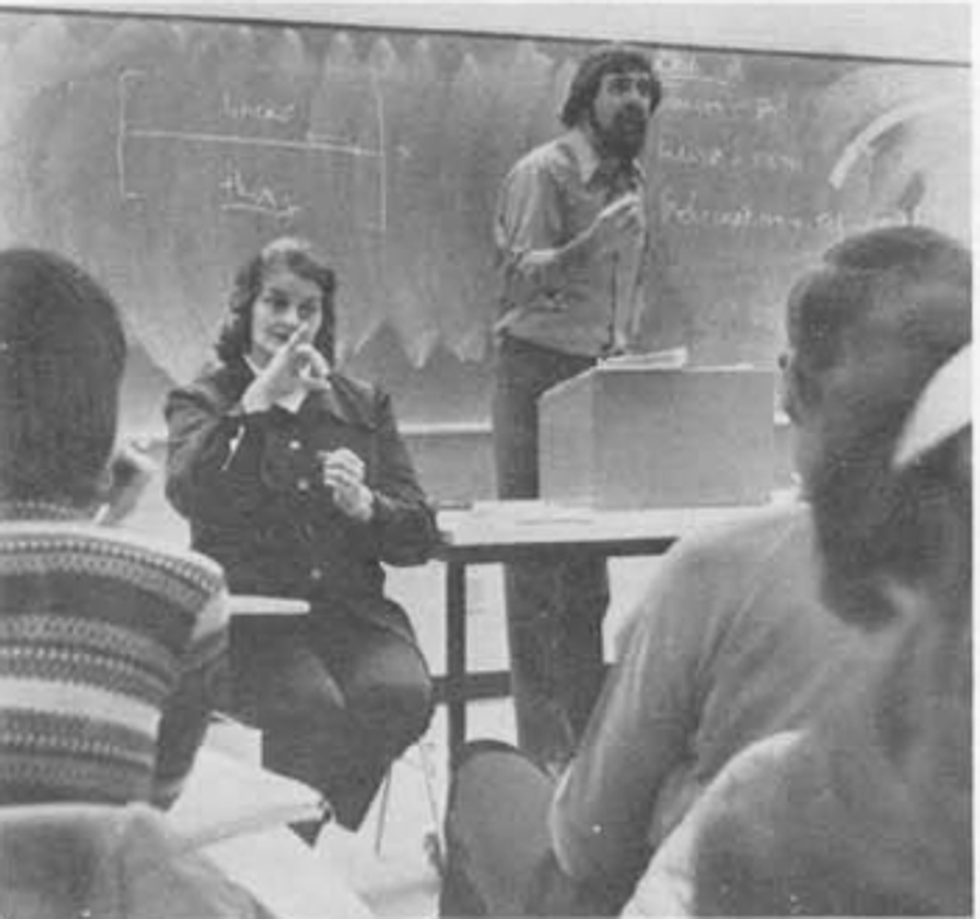
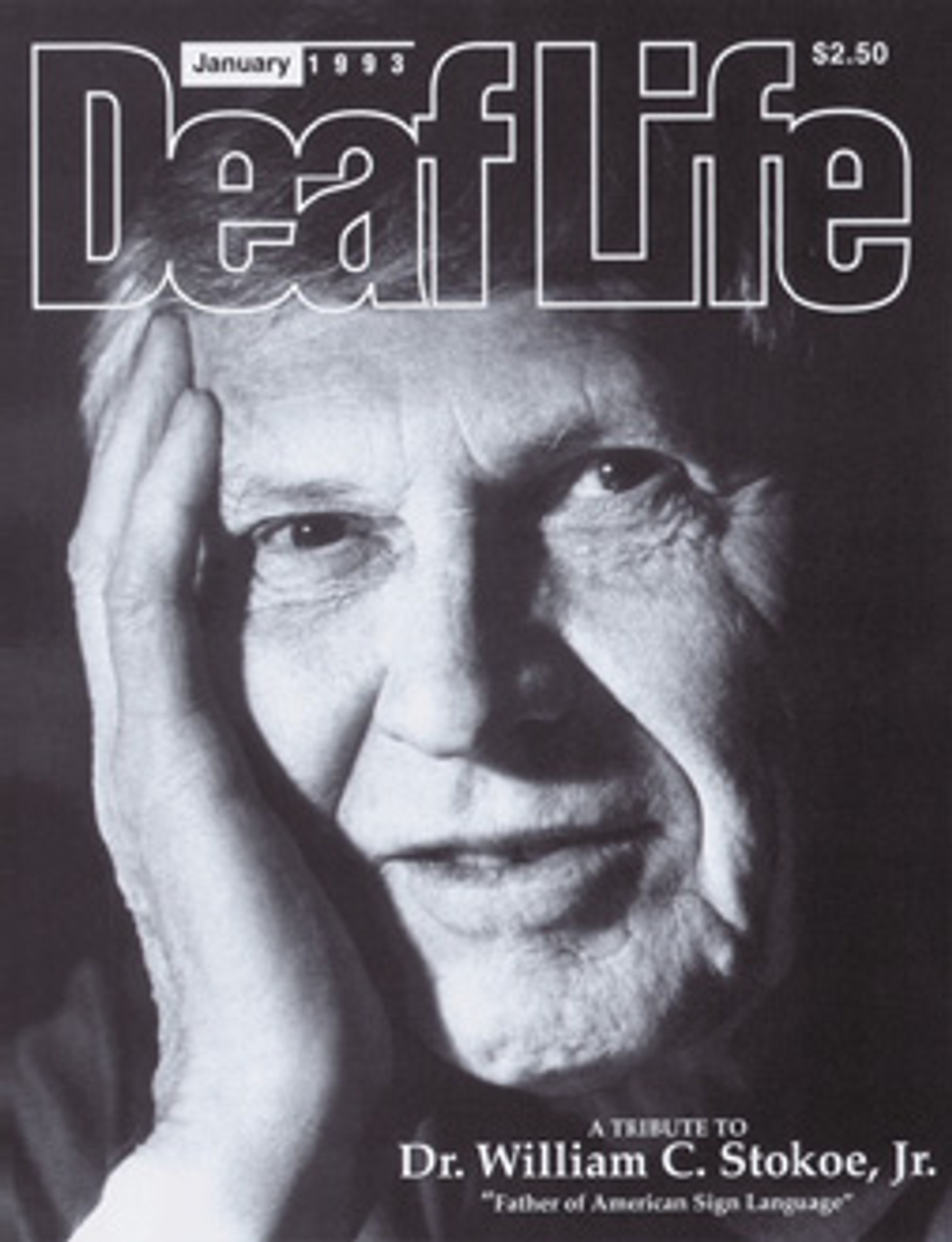
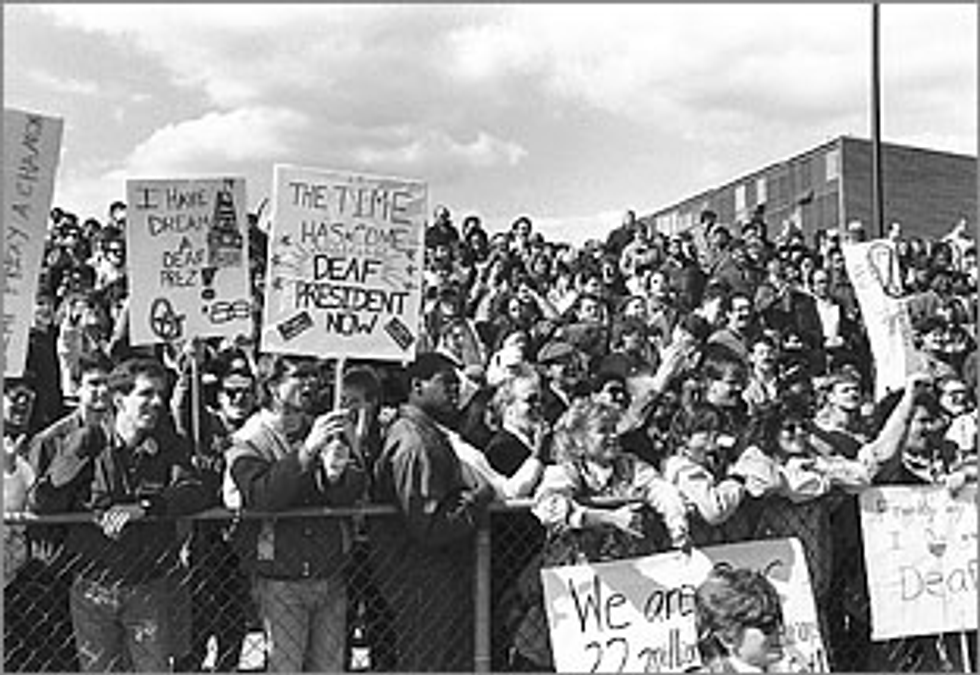
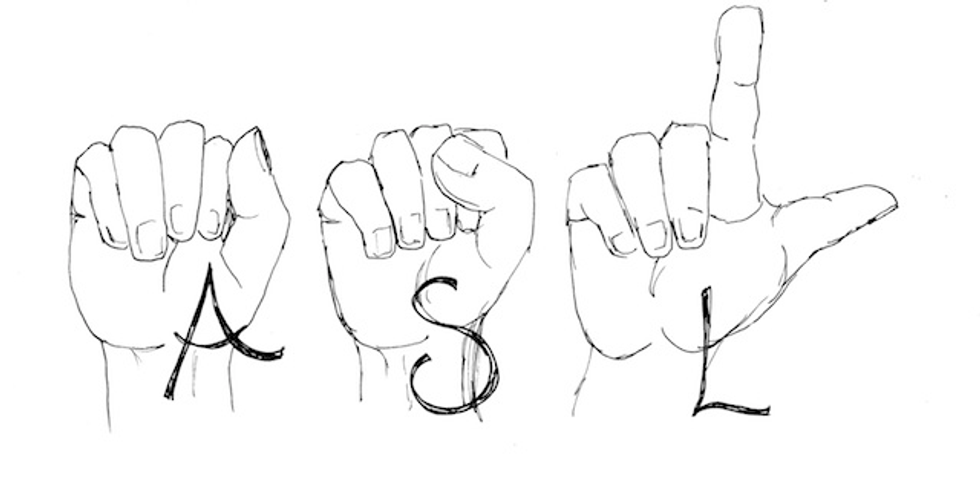



 mr and mrs potato head
StableDiffusion
mr and mrs potato head
StableDiffusion










